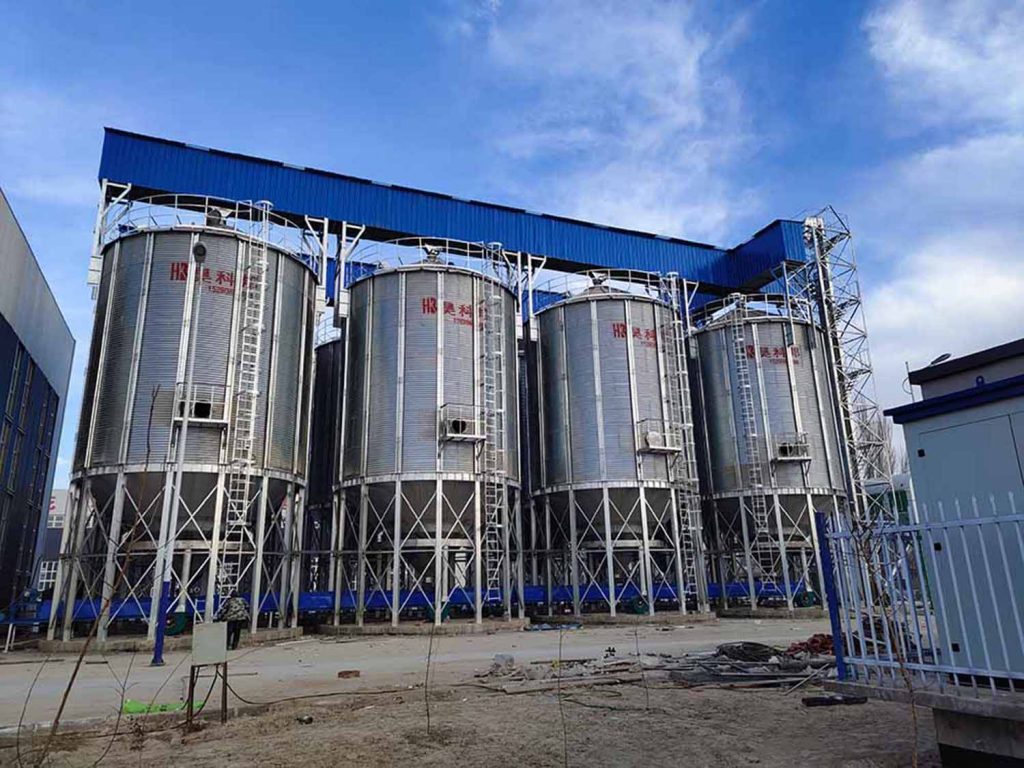As an efficient grain storage solution, the cone bottom steel silo is widely used in agriculture and food processing due to its unique design and functional advantages. Understanding its composition helps users better select and utilize this equipment. This article will detail each component of the cone bottom steel silo and its function.

The silo body, made of high - strength steel plates, forms the main part of the cone bottom steel silo component. These plates are welded or bolted together to create a sturdy cylindrical structure. The design of the silo body considers grain storage capacity, pressure distribution, and environmental factors to ensure safety and durability.
The conical bottom is a distinctive feature of the cone bottom steel silo. It not only facilitates grain entry and exit but also enhances the stability of the silo. The design of the conical bottom effectively prevents grain blockages, ensuring smooth grain flow in and out of the silo.
The inlet and outlet are essential parts of the cone bottom steel silo component. The inlet, located at the top of the silo body, is used for grain input. The outlet, situated at the conical bottom, facilitates grain output. The design of these openings considers ease of operation and safety.
The ventilation system is crucial for the performance of the cone bottom steel silo. It helps regulate the temperature and humidity inside the silo, preventing grain from becoming damp or moldy. The ventilation system typically includes vents, fans, and ducts to ensure even air distribution within the silo.
To ensure the stability of the cone bottom steel silo, support structures are usually provided. These can be steel frames or concrete foundations that bear the weight of the silo and its contents, preventing deformation or tipping.